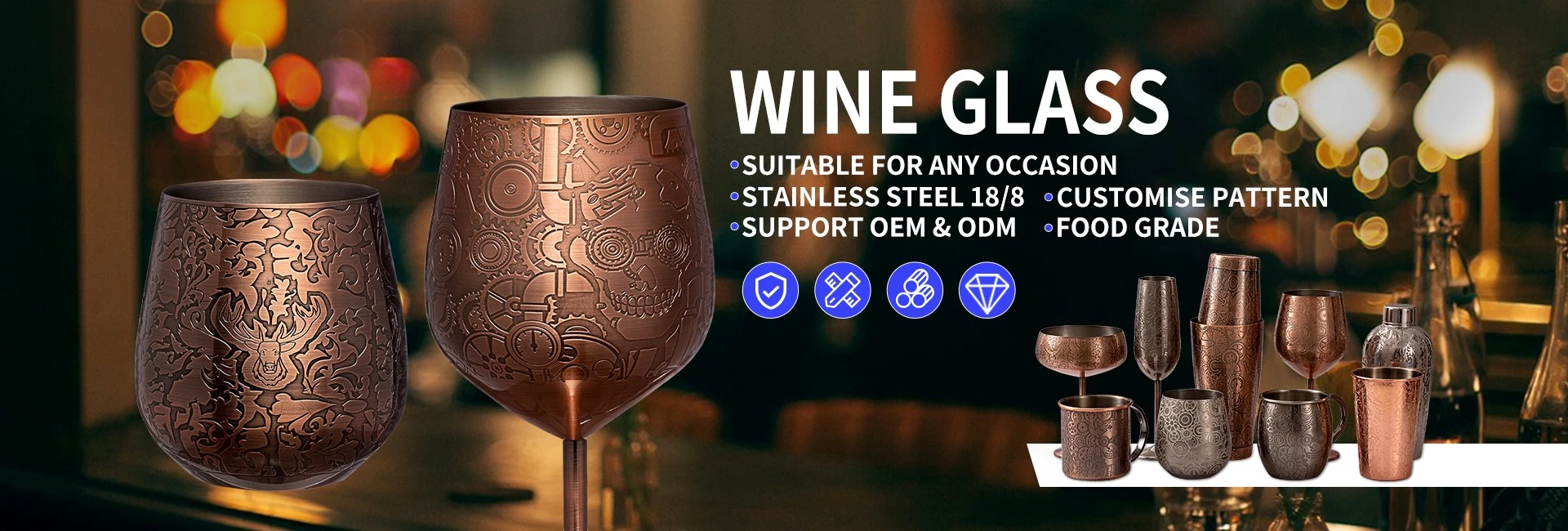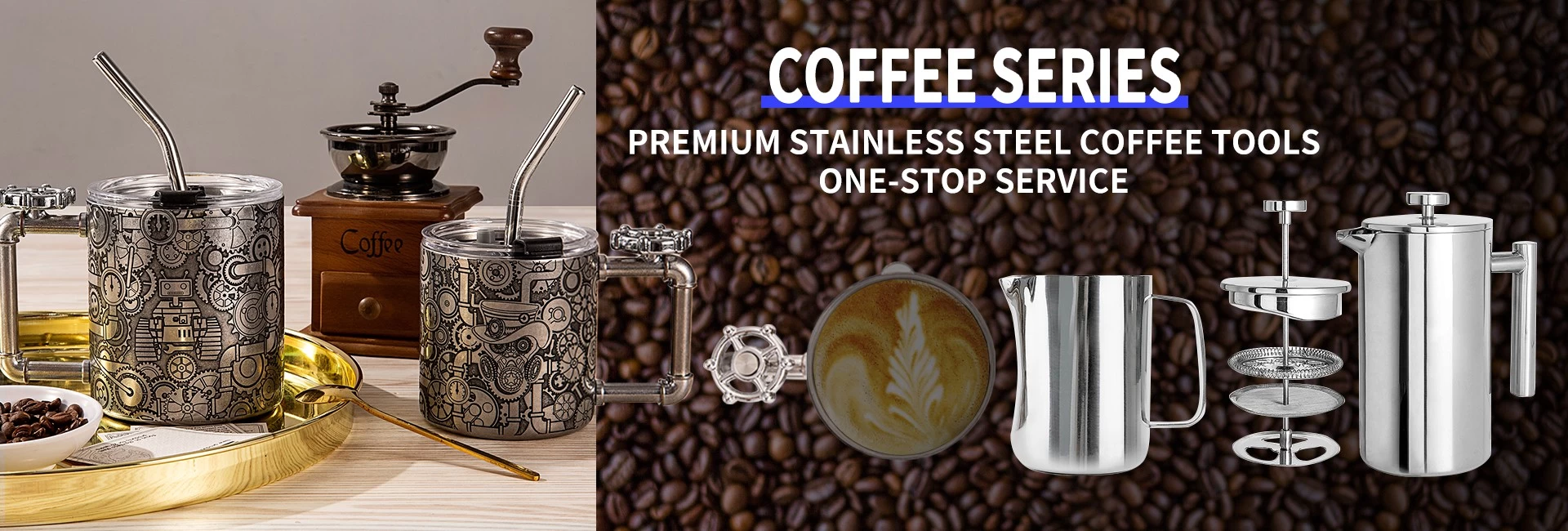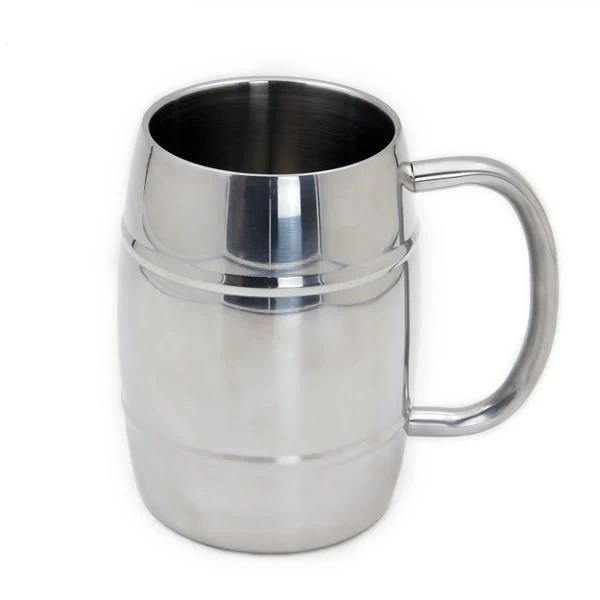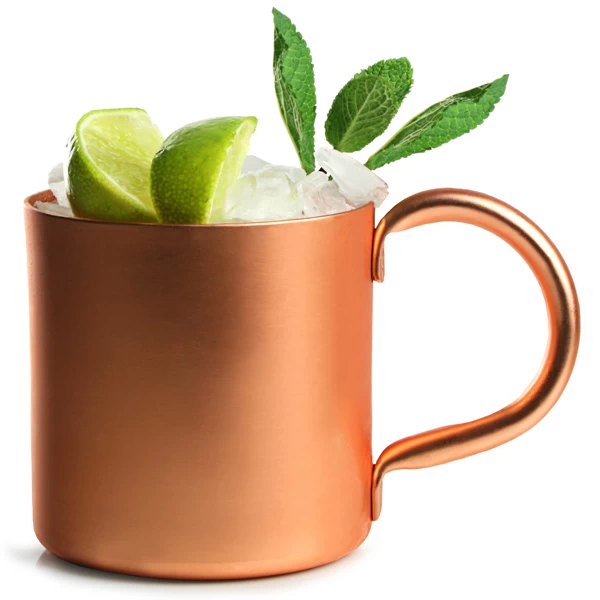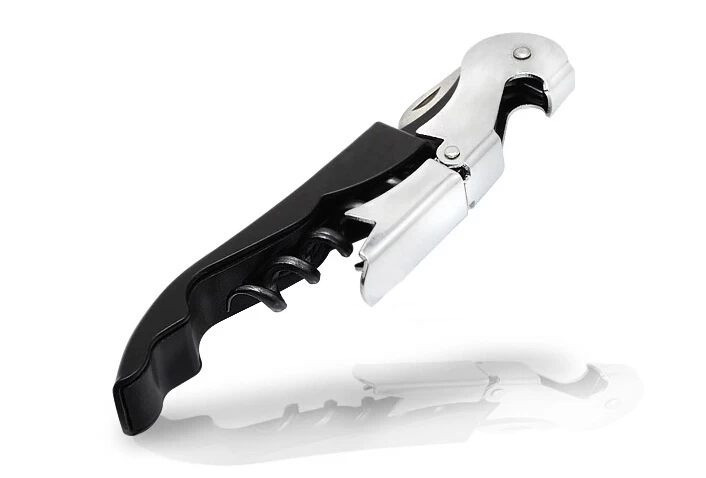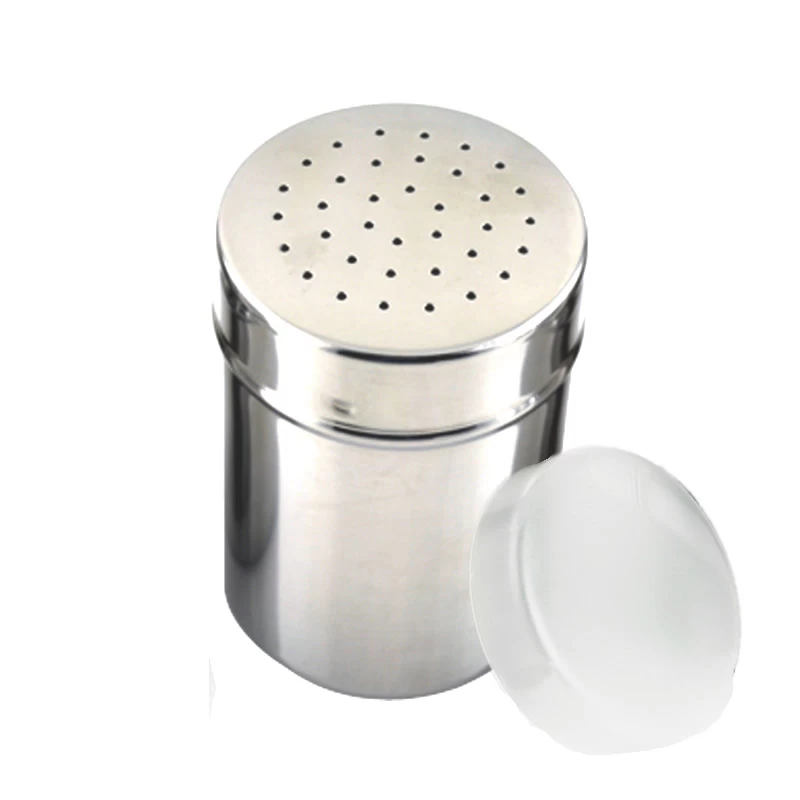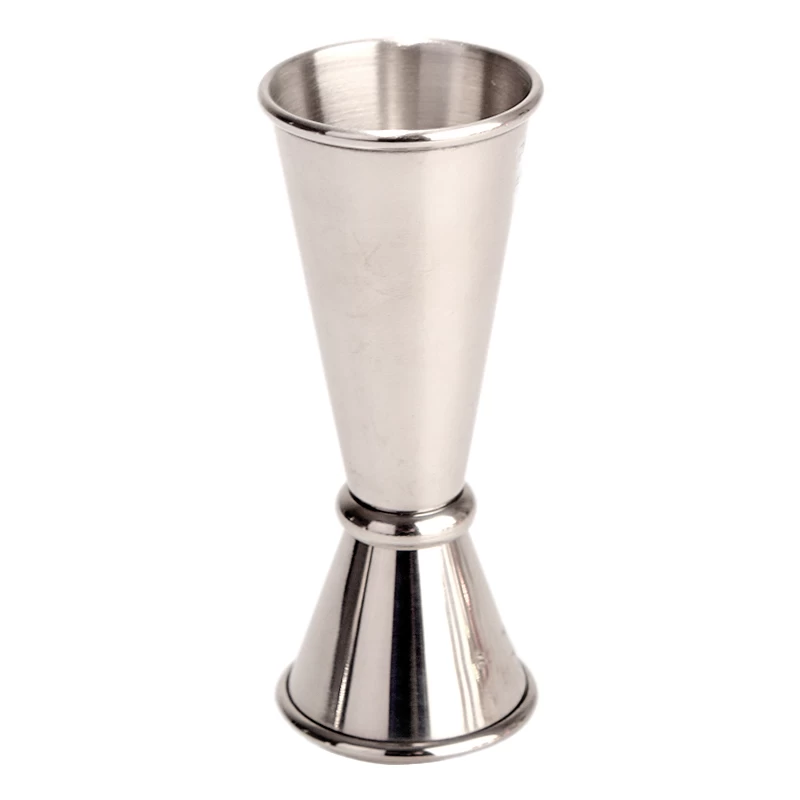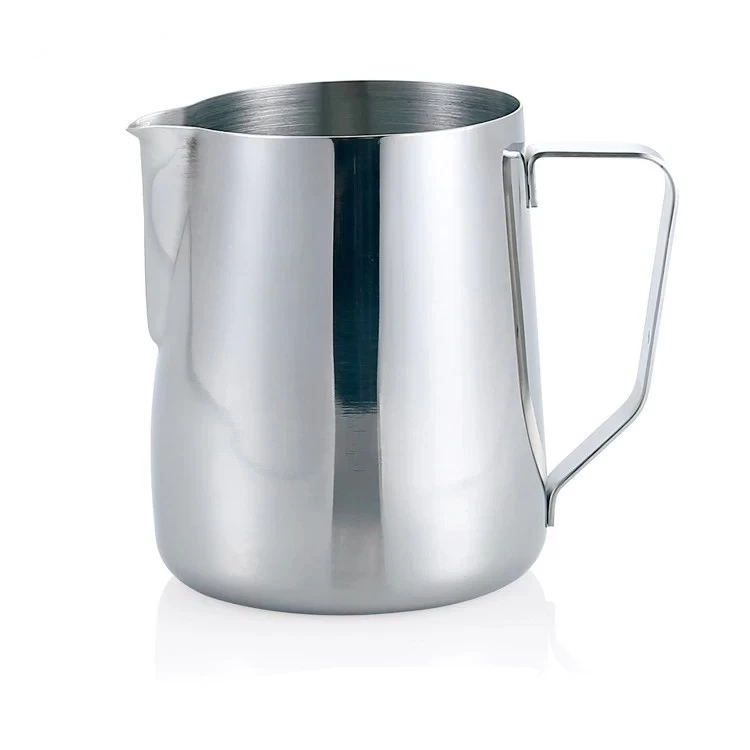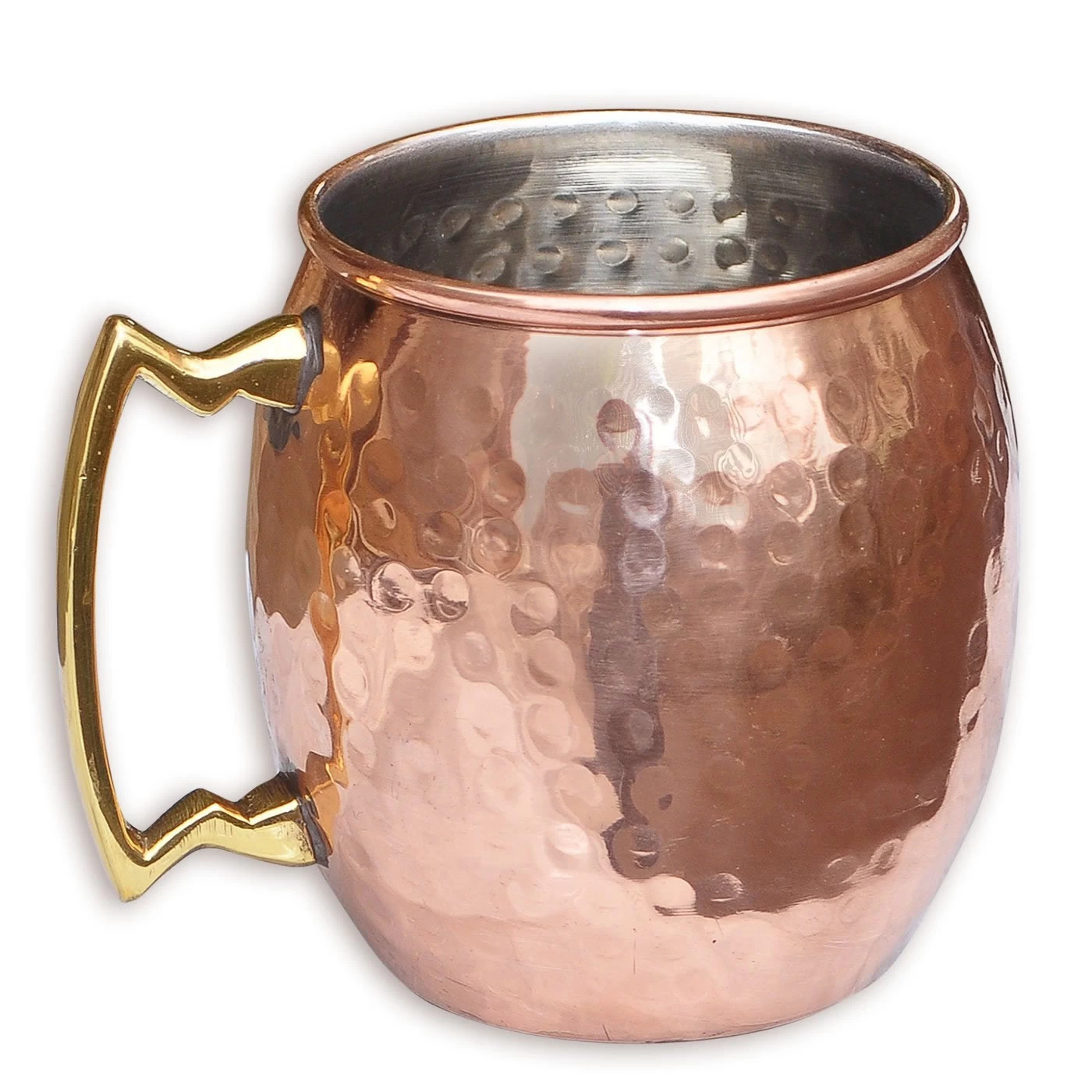What kind of tableware is stainless steel tableware
E-BON
E-BON
2018-07-06 20:05:17
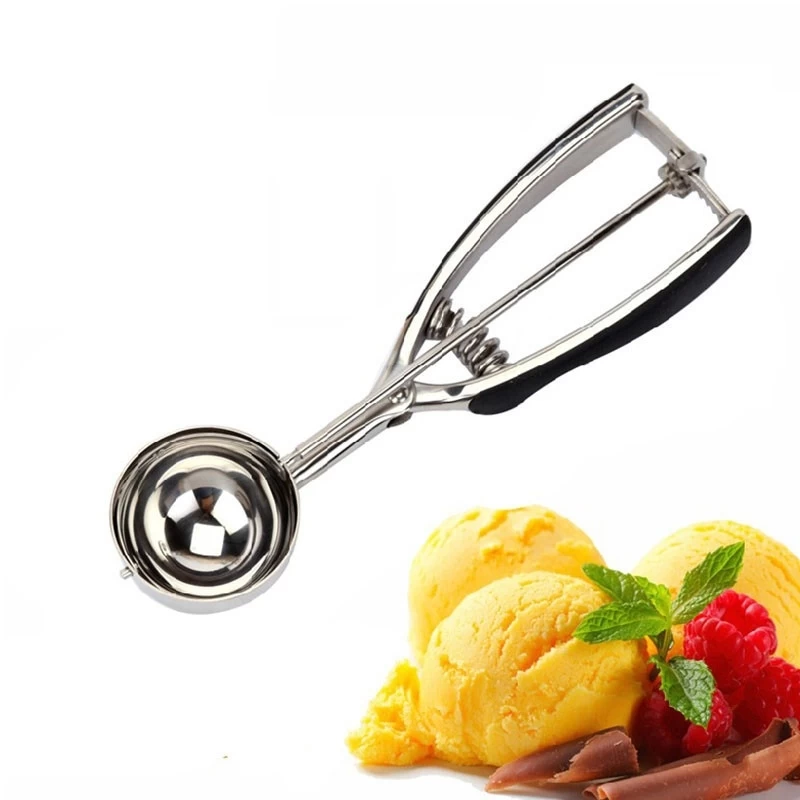
Chinese stainless steel cutlery, foreign name stainless steel tableware, STAINLESS STEEL FLATWARE, stainless steel cutlery grades are divided into three levels classified Western-style tableware, Chinese gold and silverware, Chinese-style tableware features beautiful appearance, corrosion resistance, not easy to damage.
Household stainless steel cutlery can be divided into three grades: 430, 304 (18-8), and 18-10.
430 stainless steel:
Iron +12% or more of chromium, can prevent the oxidation caused by natural factors, called stainless steel, jis in the code number 430, it is also known as 430 stainless steel. However, 430 stainless steel cannot withstand the oxidation caused by chemicals in the air. After 430 stainless steel is not used for a period of time, it will still be oxidized (rusted) due to unnatural factors.
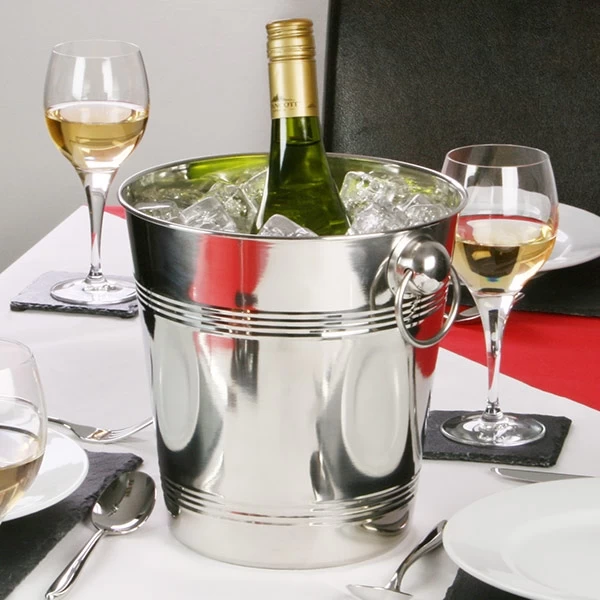
Iron +18% chromium + 8% nickel, can be chemically resistant to oxidation, this stainless steel in the jis code 304, so it is also known as 304 stainless steel.
18-10 stainless steel:
However, there are more and more chemical components in the air, and some of the more polluted areas will have rust in 304; so some high-grade products will be made of 10% nickel to make them more durable and more resistant. The stainless steel is called 18-10 stainless steel. In some tableware descriptions, there is a saying that “adopts 18-10 most advanced medical stainless steel materials(china Stainless Steel Cocktail Shaker supplier)”.
Stainless steel can be divided into three categories according to metallographic structure: austenitic stainless steel, ferritic stainless steel and martensitic stainless steel. The main components of stainless steel are iron, chromium and nickel alloys. In addition, trace elements such as manganese, titanium, cobalt, molybdenum and cadmium are included, which makes the stainless steel stable in performance and has rust and corrosion resistance. Austenitic stainless steels are not easily magnetized due to the special nature of the internal molecular structure.


